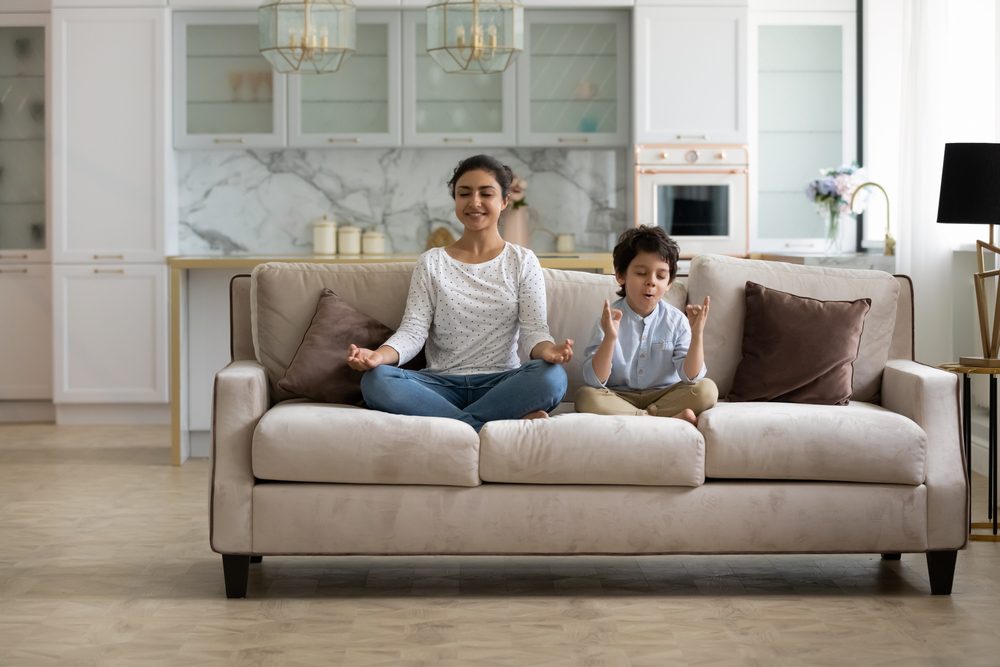Home is more than just a physical space; it’s a sanctuary where love, respect, and harmony should thrive. As parents, we have the power to shape the atmosphere of our homes and create a positive environment that nurtures our family’s well-being. In this blog, we will explore the importance of fostering love and respect within the home and provide practical tips to create a positive home environment. By cultivating open communication, practicing empathy, setting boundaries, modeling positive behavior, and prioritizing quality time, we can create a loving and respectful space where our families can flourish.
Open Communication :
Communication is the foundation of any healthy relationship. Encourage open dialogue within your family by creating a safe space for everyone to express their thoughts and feelings. Listen actively, without judgment, and validate each family member’s perspective. Foster an environment where everyone feels heard and valued.

Practice Empathy :
Empathy is the ability to understand and share the feelings of others. Teach your children empathy by modeling it yourself. Encourage them to see situations from different perspectives and to consider how their words and actions may affect others. By fostering empathy, you promote understanding, compassion, and respect within your home.
Set Clear Boundaries :
Boundaries provide structure and guidance within the family unit. Establish clear and age-appropriate boundaries that promote respect, safety, and healthy relationships. Communicate these boundaries consistently and reinforce them with positive reinforcement and consequences when necessary. Boundaries create a sense of security and help family members understand what is expected of them.
Model Positive Behavior :
Children learn by observing their parents and caregivers. Be mindful of your own behavior and strive to model positive traits such as kindness, patience, and respect. Demonstrate healthy conflict resolution, effective communication, and emotional regulation. Your actions speak louder than words, and by modeling positive behavior, you inspire your children to follow suit.

Prioritize Quality Time :
Make quality time a priority in your family’s routine. Set aside dedicated time to engage in activities together, such as family meals, game nights, or outdoor adventures. Use this time to connect, bond, and create lasting memories. Quality time strengthens family bonds and fosters a sense of belonging and love.
Practice Gratitude and Appreciation :
Cultivate a culture of gratitude and appreciation within your home. Encourage family members to express gratitude for one another and to acknowledge each other’s contributions. Foster a positive atmosphere by focusing on the good and expressing appreciation for the small acts of kindness and support.
Conclusion
Creating a positive home environment is essential for the well-being and happiness of every family member. By fostering open communication, practicing empathy, setting clear boundaries, modeling positive behavior, prioritizing quality time, and practicing gratitude and appreciation, we can create a space where love and respect flourish. Remember, creating a positive home environment is an ongoing process that requires patience, consistency, and a genuine commitment to nurturing healthy relationships. By investing in the positive atmosphere of your home, you provide your family with a foundation to thrive, grow, and flourish together.


